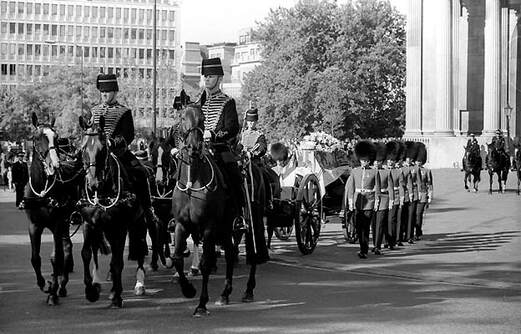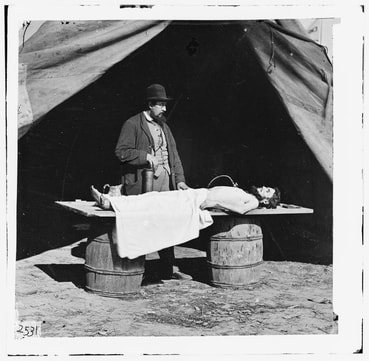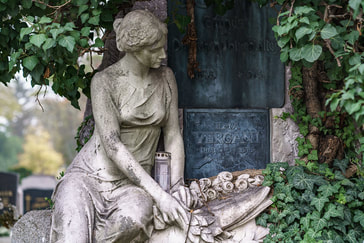|
August 31st, 2019 will mark the 22nd anniversary of the tragic death of Princess Diana. Born into aristocracy as Diana Frances Spencer in 1961, she became Diana, Princess of Wales, upon her marriage to Prince Charles. She was destined to be the future Queen of England, but fate would not allow it. Diana grew up in Norfolk, England on the Sandringham Estate. She was only six years old when her parents divorced. This event saddened her deeply and affected her for the rest of her life. When her school days were done, she took several different jobs, from nannying to restaurant cook. She was quickly noticed by the paparazzi when her courtship with Prince Charles began in the late 1970’s…the cameras would never leave her alone from then on. Diana married Prince Charles, the heir to the British throne, on July 29th, 1981. The day was deemed the ultimate “fairy tale wedding” by the press, but the actual marriage would prove quite the opposite of a beautiful fairy tale. Despite all of the glamour and smiles, Diana would later admit that her wedding day was “the worst day of my life.” Little did the public know, during their engagement both Diana and Charles had serious doubts about their love for one another. These doubts would lead to terrible rumors and infidelity. Both of them had affairs during the marriage, with Charles resuming a relationship with Camilla Parker-Bowels-- a flame from his past he never quite got over. Diana always knew about this relationship, and it caused her much mental and emotional turmoil. Despite sharing two children, William and Harry, the couple’s relationship was irreconcilable, and in 1996 they were officially divorced. Although no longer a member of the royal family, “The People’s Princess” remained beloved by the public, not only in Britain but all across the globe. Her death therefore came as a total shock to the entire world. On August 31st, 1997, Diana and her companion, Dodi Fayed, were in Paris. They had just left the hotel where they were staying and were being hounded by the paparazzi. Their driver crashed their Mercedes in the Pont de l’Alma tunnel, fatally wounding Dodi and the driver. Only her bodyguard came out of the wreck alive, although critically injured and having lost any memory of the event. Diana was mortally wounded and died after being taken to a local hospital. She was 36 years old. Funeral procession of Princess Diana Her funeral was broadcast to the world from Westminster Abbey. Her brother Charles, the Earl Spencer, gave a moving eulogy that criticized both the paparazzi and also the royal family for their treatment of his sister. She was laid to rest at Althorp Estate in Northampton, England, on a picturesque island known as the Oval. Princess Diana's gravesite Diana’s legacy was one for the ages, and she will never be forgotten. Her contributions to humanity served to bring about progress in many areas…from eradicating stigmas surrounding AIDS, HIV and other diseases, to raising awareness of existing landmines. Diana’s personal touch remains, and her legacy lives on in her children and grandchildren.
To read more about the life and death of Princess Diana, see here: https://www.biography.com/royalty/princess-diana https://www.townandcountrymag.com/the-scene/weddings/a18205641/princess-diana-prince-charles-wedding/ https://www.history.com/topics/british-history/princess-dianas-death -Aubrey
1 Comment
Em-balm /əmˈbä(l)m/ (verb) 1. to preserve [a corpse] from decay, originally with spices and now usually by arterial injection of a preservative. 2. give a pleasant fragrance to. Embalming rates in the United States have begun to drop, as cremation (and other more economical, eco-friendly alternatives) becomes more popular. But there was a time not all that long ago when embalming was the most popular option for final disposition. In ancient times, specifically in ancient Egypt, embalming came by way of mummification. Priests studied and became skilled at the process of removing the organs of the deceased. These organs would be preserved with certain spices and fragrances and kept in jars, and a salty mineral called natron would be used to dry out the rest of the body. The body was finally wrapped in linens before it was ready for burial. This whole process took 70 days. The ancient Egyptians believed that preserving their loved ones like this would allow their spirits to one day return again to the in-tact body, so that they could live forever. Throughout history, there are other ancient cultures- the Mayans and Aztecs come to mind- that utilized embalming in one way or another. But in the United States, it all started with the Civil War. The Civil War is known as America’s bloodiest conflict. As battles raged on, the body count began to climb to drastic numbers. When soldiers were identified, if possible their remains needed to be sent back to their families for a proper funeral. But it often took days, if not weeks, for the bodies to arrive back home, and by then, decomposition could be severe. The railroads were not willing to transport these bodies, due to odor and fear of disease. For this reason, mass graves were the unfortunate answer to the problem. Enter Thomas Holmes, aka “the father of American embalming.” He was a mortician with a better solution. Before the war, he had studied and experimented with various forms of preservation, and ultimately decided that arterial injection was the best way to preserve the whole body. Arterial injection is the main method used to this day to embalm. Holmes began to produce and sell his own embalming fluid. He was first hired by the Union army to embalm a few soldiers that had been killed in battle, and that were needing to be shipped back to their families. He charged $100 for each case he completed. Embalmer at work during Civil War era. Word of Holmes’ essential work began to spread. President Lincoln himself was aware of the great need for embalming during the war, and so authorized it for the fallen. After the war was officially over, embalming continued to gain popularity as funeral parlors took advantage of the market. By the early 1900s, it had become mainstream in America. Over time, arsenic was replaced by formaldehyde as the preservative of choice.
Embalming is still very common in modern funeral practice. But as more is realized about the carcinogenic effects of formaldehyde, and as cremation, natural burial, alkaline hydrolysis, and other forms of final disposition gain in popularity, it’ll be interesting to see where embalming will be in 10, 15, or 20 years. -Aubrey When you have lost someone you loved, especially someone who was very near and dear to you, you need help. You need loving support from family and friends, an ear to listen or a shoulder to cry on. You need help planning the funeral. You may need help just keeping the house clean and food stocked up. Sometimes you need gentle reminders to take care of yourself, to bathe, eat, and brush your teeth or hair. You may need spiritual support and guidance, such as what a pastor could provide. You may also seek professional help in managing your thoughts surrounding your grief, and that is perfectly okay. It is a wonderful thing to have people in your life who can provide you with these types of necessary support as you begin to process your loss and heal from it. But not everyone has this kind of support network, and these are the people who need special consideration. Are you or someone you know struggling to deal with the passing of a loved one? Below, I have compiled a list of resources that can be used as a starting point to get you the help you need. Whether a passing has already occurred or is imminent, please feel free to bookmark or share this page as needed. It is my hope is that you find the assistance and encouragement you are seeking. 7 Resources for Those Dealing With Loss 1. Grief Net
Grief Net is an online community for those dealing with a recent (or not so recent) death. At Grief Net, you can join support groups, browse through the gift shop, and even create a virtual memorial for your loved one. They have two sites, one tailored for adults and one just for kids. http://www.griefnet.org/ 2. Samaritans Hotline Are you wrestling with constant mental or emotional turmoil following the death of your loved one? If you are feeling extreme loneliness and/or having thoughts of suicide, call or text Samaritans Hotline. They are accessible 24/7. For immediate support, reach them at: 877-870-HOPE or 877-870-4673. https://samaritanshope.org/ 3. Everplans Funeral Checklist Planning a funeral is hard work. Even if you have the help of a director, it is still up to you to make and keep track of several important final decisions. The end-of-life planning experts at Everplans have created a free funeral planning checklist to help you out. Find it here: https://www.everplans.com/articles/checklist-plan-a-funeral-or-memorial-service 4. Next Gen Memorials Next Gen Memorials has compiled a lengthy list of poems, verses and other sayings fit to be read at a funeral or memorial service. Check it out here for some extra inspiration: https://www.nextgenmemorials.com/funeral_poems_memorial_verses/ 5. Modern Loss- Books on Grief Sometimes books can be the best companions! If reading is your thing, take a look through this short list of “6 Grief Books That Actually Helped” over at https://modernloss.com/6-grief-books-actually-help/ Also check out Eulogies by Aubrey's Pinterest Board, "Books on Topic," here: https://www.pinterest.com/eulogiesbyaubrey/books-on-topic/ for additional ideas. 6. Light a Candle Many times, a physical gesture (such as a butterfly release or letting go of a balloon) can serve to help us say goodbye to those we love in a symbolic way. At https://gratefulness.org/light-a-candle/, the internet allows you to do this virtually. This site has reached millions of people all over the world…light your own candle there today in memory of your loved one. 7. A Master List of Grief Resources Masters in Counseling has a giant list of 115 other resources for you to take advantage of. No matter what your needs are (and no matter what kind of grief you are dealing with-death of a loved one, child loss, job loss….), you are sure to find something helpful: https://www.mastersincounseling.org/guide/loss-grief-bereavement/ EXTRA And if course, should you need any help writing a eulogy, you know who to turn to <3 Eulogies by Aubrey is a quality eulogy writing service available to you 24/7. Contact us today right here: http://www.eulogiesbyaubrey.com/contact.html#/ -Aubrey |
Archives
May 2024
Categories
All
|
Proudly powered by Weebly







 RSS Feed
RSS Feed
